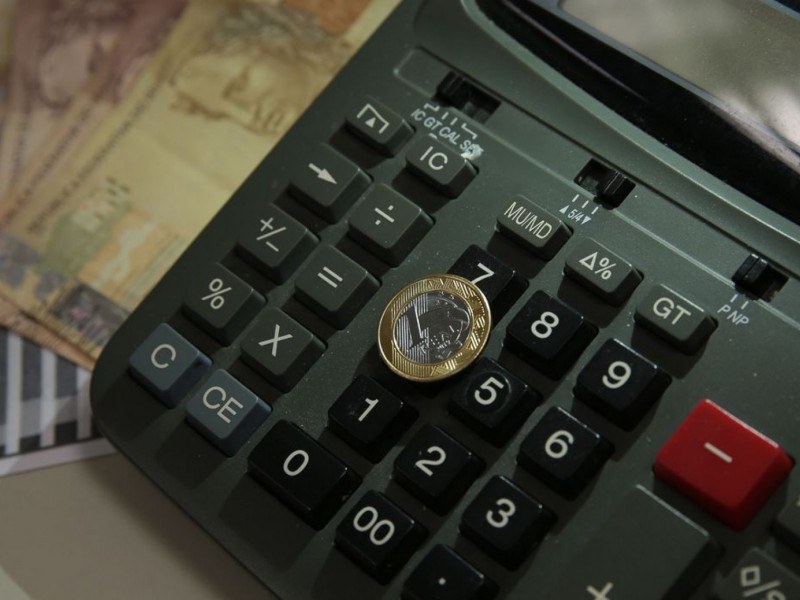Brazil goes up, America goes down
3 min read
The Central Bank’s Monetary Policy Committee (COBOM) decided to maintain the Selic rate, the key interest rate of the economy, at 13.75% per annum. The deflation recorded in the last two months helped interrupt the upward cycle after a year-and-a-half of consecutive reforms.
In an official statement, Cobom said it will continue to monitor the economy and may make further increases in the Selic rate if the decline in inflation does not continue as expected. The group reinforces that the inflation process is not only coordinated, but that it remains persistent until it anchors expectations around its targets. The Committee emphasizes that future monetary policy steps may be adjusted and will not hesitate to restart the adjustment cycle if the inflationary process does not continue as expected.
Kobom’s decision was well received by the manufacturing industry. The Confederation of National Industry (CNI), in a note, said the monetary policy committee’s approach was “correct”.
“The 13.75% per annum rate is sufficient to sustain the decline in inflation over the coming months, mainly because the rate is much higher than the interest rate that would limit economic activity reached in December 2021,” highlighted Robson Andrade, president of the company.
The Confederation of Industry of the State of Rio de Janeiro (FIRJAN) considered Cobom’s decision correct. In an official statement, Firjan said, “Inflation prospects have been on a downward trend in recent weeks, and in the first half of the year, economic activity indicators have exceeded expectations, with GDP growth and unemployment falling. However, in the medium term, prospects still have great uncertainty and instability, which is the recovery of economic activity.” Indicates an interruption of the process.
Brazil’s decision is the opposite of the US situation. There, interest rates will continue to rise until the end of this year and may occupy part of 2023.
Our central bank equivalent, the Federal Reserve (Fed), decided to raise the key interest rate by 0.75 percent on Wednesday (21), to a range of 3.00% to 3.25% per annum. The panel’s decision was unanimous and was already expected by the market. This is the fifth increase in rates in the country this year and the third of this magnitude.
The main factor behind this series of hikes in US interest rates is rising inflation, which should close the year near 5.4%. For central analysts, inflation is high, there are imbalances in supply and demand, food and, especially, energy.
Of the 19 governors attending this week’s central bank meeting, 17 are proposing new hikes in the key interest rate. The index could reach 4% or even exceed that number before the end of the year. As for 2023, all leaders maintain an interest rate forecast above 4%, which is contrary to the expectations of part of the market and analysts, who predict the beginning of the reduction at the beginning of next year.
Federal Reserve officials have cut their growth expectations for the U.S. this year and beyond compared to estimates released months ago. By 2022, the average estimates growth is only 0.2%. A stark contrast to Brazil, which had GDP growth close to 3%.
In this situation, it is impossible not to admire the Brazilian economic strategy since the beginning of the pandemic. Bolsonaro’s government has always warned of the need to take care of the country’s financial health as much as the health of the sick. The Economy Minister followed the established guidelines to the letter, protecting the enterprises, especially the micro and small enterprises, without money for the less privileged class and letting the country take the path of development.
The fruits of that labor are now bearing fruit. The whole world recognizes that Brazil is handling the crisis with great skill. Here, in Brazil, the dwindling number of counter-analysts want to vilify everything the Bolsonaro government does.

“Communicator. Award-winning creator. Certified twitter geek. Music ninja. General web evangelist.”




